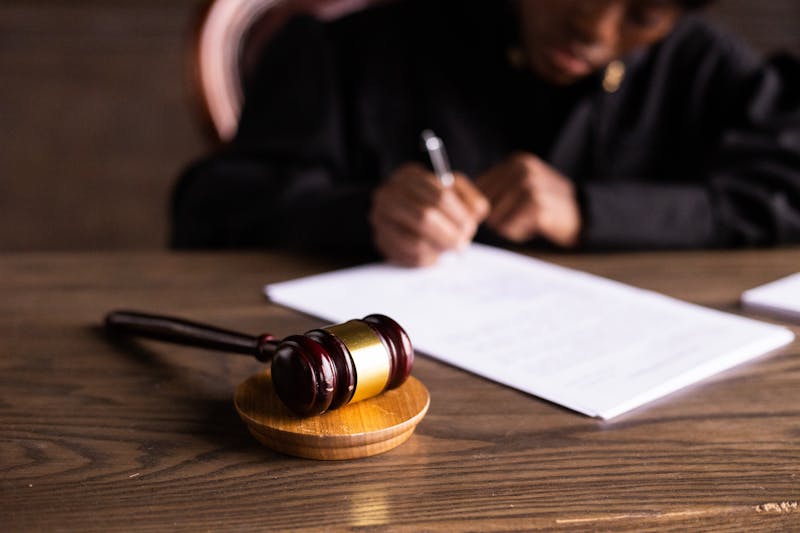Imagine you’re driving home after a long day, when suddenly another car sideswipes you and speeds away. Your heart is pounding, and your mind is racing. What do you do next? Understanding hit-and-run laws can empower you to make informed decisions during such stressful moments. In this blog post, we’ll break down everything you need to know about your rights and legal options if you find yourself a victim of a hit-and-run accident.
What Constitutes a Hit-and-Run?
A hit-and-run occurs when a driver involved in an accident leaves the scene without stopping to exchange information or offer aid. This is illegal across the United States, but specific laws and penalties can vary by state. Whether it’s a minor fender bender or a serious collision, fleeing the scene is a criminal offense.
Types of Hit-and-Run Accidents
Hit-and-run accidents fall into three main categories:
- Vehicle-to-Vehicle: The most common type, where one vehicle hits another and then leaves the scene.
- Vehicle-to-Pedestrian: When a vehicle strikes a pedestrian and the driver fails to stop.
- Vehicle-to-Property: Involves damage to someone’s property, like hitting a parked car or mailbox, and then driving away.
Understanding these categories helps in identifying the nature of the offense and the specific legalities involved.
Immediate Steps to Take After a Hit-and-Run
If you find yourself a victim of a hit-and-run, it’s crucial to act quickly and methodically. Here are the immediate steps you should take: The first priority is always safety. Move to a safe location if possible and check for any injuries. If anyone is hurt, call emergency services immediately. Gather as much information as you can about the offending vehicle. Note the make, model, color, and license plate number if possible. Take photos of the scene and any damages to your vehicle. If there are any witnesses, get their contact information and ask them to stay until the police arrive. Their statements could be crucial in identifying the perpetrator.
Seeking Legal Help
Navigating the legal landscape after a hit-and-run can be daunting. Therefore, seeking legal help is often advisable. Hiring a lawyer can make a significant difference in the outcome of your case. They can help you gather evidence, negotiate with insurance companies, and represent you in court if necessary. When choosing a lawyer, look for someone with experience in hit-and-run cases. Check their track record and read reviews from previous clients to ensure they are reputable. For personalized advice, consider consulting with Florence hit-and-run accident attorneys who can provide insights tailored to your specific situation. Local lawyers are familiar with state laws and can offer the most relevant guidance.
Reporting the Incident
Reporting a hit-and-run to the authorities is essential for both legal and insurance purposes. Call the police as soon as possible to file a report. Provide them with all the information you have gathered. A police report is vital for any subsequent legal actions or insurance claims. Inform your insurance company about the incident. Many insurers require a police report to process a hit-and-run claim. Your coverage may include uninsured motorist protection, which can be beneficial in these situations.
Legal Consequences for the Offender
The penalties for a hit-and-run can be severe and may include fines, license suspension, and even imprisonment. The severity of the penalty often depends on the extent of the damage and whether anyone was injured or killed. Hit-and-run offenses can result in both civil and criminal penalties. Criminal charges depend on state laws and the specifics of the incident. Civil penalties typically involve compensation for damages and medical expenses. Many states impose harsher penalties for repeat offenders. Understanding these legal consequences can emphasize the importance of staying at the scene of an accident.
Your Rights as a Victim
Victims of hit-and-run accidents have specific rights that protect them legally and financially. You have the right to seek compensation for damages, medical expenses, and lost wages. This can be pursued through your insurance company or by filing a lawsuit against the offender. Victims have the right to hire legal representation to help them navigate the complexities of the legal system. This ensures that their rights are protected and maximizes their chances of receiving fair compensation.
How to Prevent Hit-and-Run Incidents
While you can’t control other drivers’ actions, there are steps you can take to minimize the risk of being involved in a hit-and-run. Always stay alert and drive defensively. Keep a safe distance from other vehicles and be aware of your surroundings. Installing a dash cam can provide valuable evidence in the event of an accident. It can capture the offending vehicle and help authorities track down the perpetrator.
Understanding hit-and-run laws and knowing your rights can empower you to take appropriate action if you find yourself a victim. Always prioritize safety, gather as much information as possible, and seek legal help to protect your rights and secure the compensation you deserve. Stay informed, stay safe, and drive responsibly.






